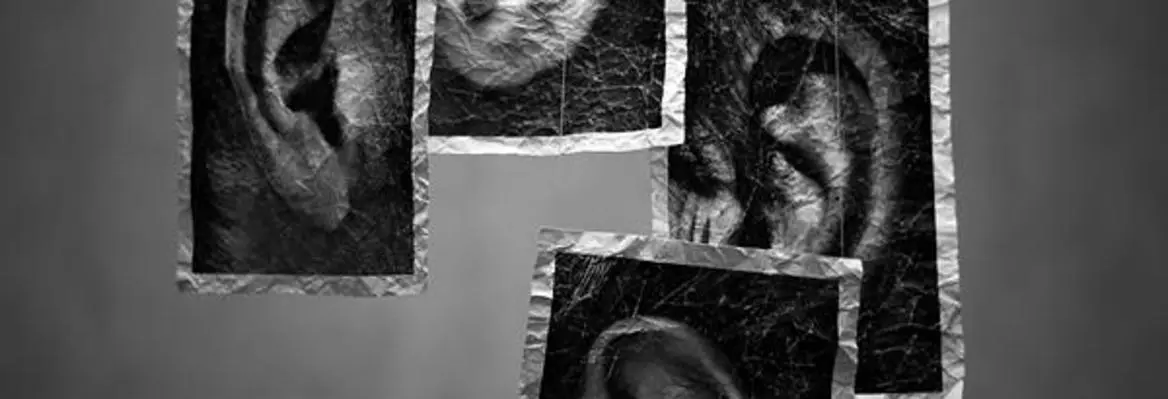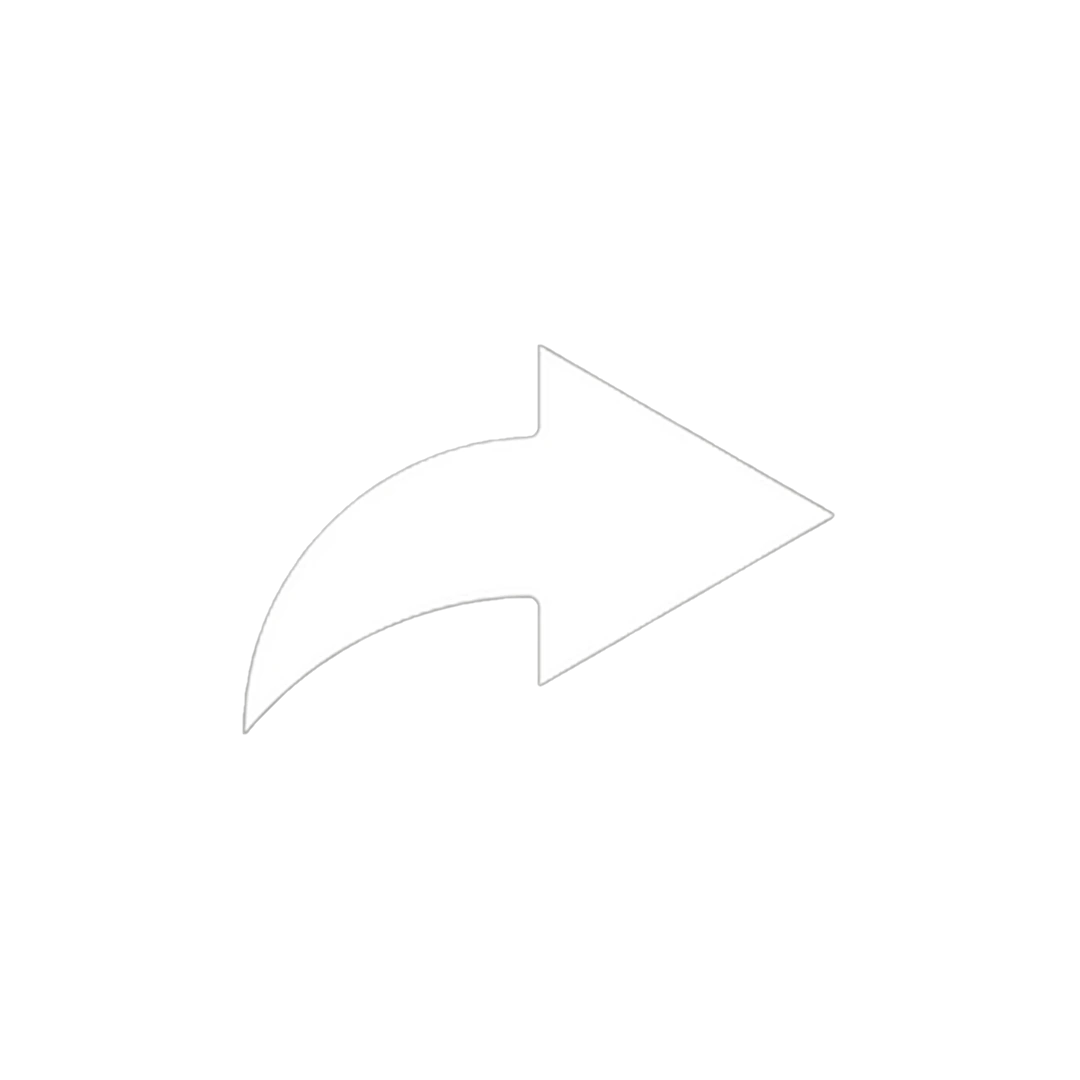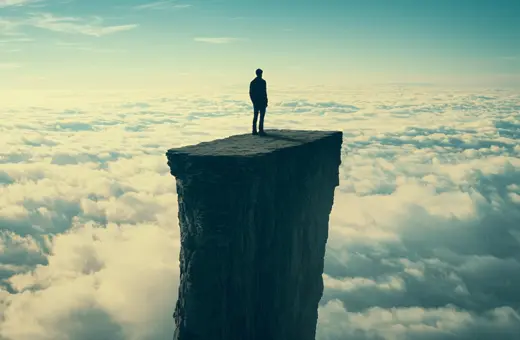Joanna Bailie is a London-born Brussels-based composer and sound artist. She is the founder and artistic director of Ensemble Plus-Minus and is currently working on her doctorate in the perception of reality in music at City University, London. Here, she discusses the human capacity for remembering music, and the need for better programming in contemporary music.
Which other art form do you think shares most in common with music?
I prefer to think about all art forms as being fundamentally linked to each other. It's also important to say that for me music is a rather nebulous subset of sound, and its borders depend more on an individual's perspective than they do on any concrete properties. In many ways I'd rather call myself an artist than a composer because 'composer' seems to represent something a bit dusty, tied to the classical tradition and somehow not as occupied with making stuff that reflects the concerns of art in the here and now. Music separates itself off from the other arts and perceives itself as quite a specialised activity, often to its own detriment.
Obviously there is more of a direct connection between music/sound and arts that are traditionally perceived as being 'time-based', such as film, dance and theatre, but I don't think that the possibilities end there. Sometimes the most fruitful comparisons can be the strangest ones and such comparisons can help us to expand our understanding of the potential of a particular artistic area. In terms of my own practice, I'm currently researching art that is concerned with recorded media: film, video art, photography and of course recorded sound. I'm comparing the ways in which recording can change and abridge the reality it's supposed to be capturing, be it through film frames or digital samples. At the moment I'm trying to think of the kind of music that could be equivalent to the long-exposure pictures that characterised early photography and that have been produced in more recent times by the Japanese artist Hiroshi Sugimoto. There is a strange time paradox embedded within long exposure photography which is difficult to unravel and adapt to the realm of sound, but I find the challenge of trying to do so quite exciting.
Why do you think audiences find contemporary music so challenging?
This is a big question of course and very hard to answer succinctly because there are so many factors involved. Firstly, I'd like to say that both sides, the audience and contemporary music, need to make some effort to move towards each other. Concerts of contemporary music require a sort of attention, a mode of listening that many people are not used to deploying. Everyone loves music of course, but often it is relegated to a background function or else indulged in as a source of tuneful familiarity or nostalgia. You have to work at appreciating contemporary music and I don't see why that's a bad thing. A lot of recent visual art deals in the spectacular. It's easy to appreciate works by Anish Kapoor, Olafur Eliasson or Richard Serra, not only because these works are good, but also because they have an immediate, often physiological impact on us. Contemporary music is different; in addition to having to place your preconceptions aside and get used to an unfamiliar sound world, you also need to develop ways of creating your own listening pathways through pieces. Nothing is handed to you on a plate.



















Join the conversation